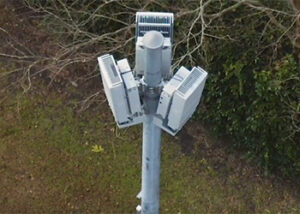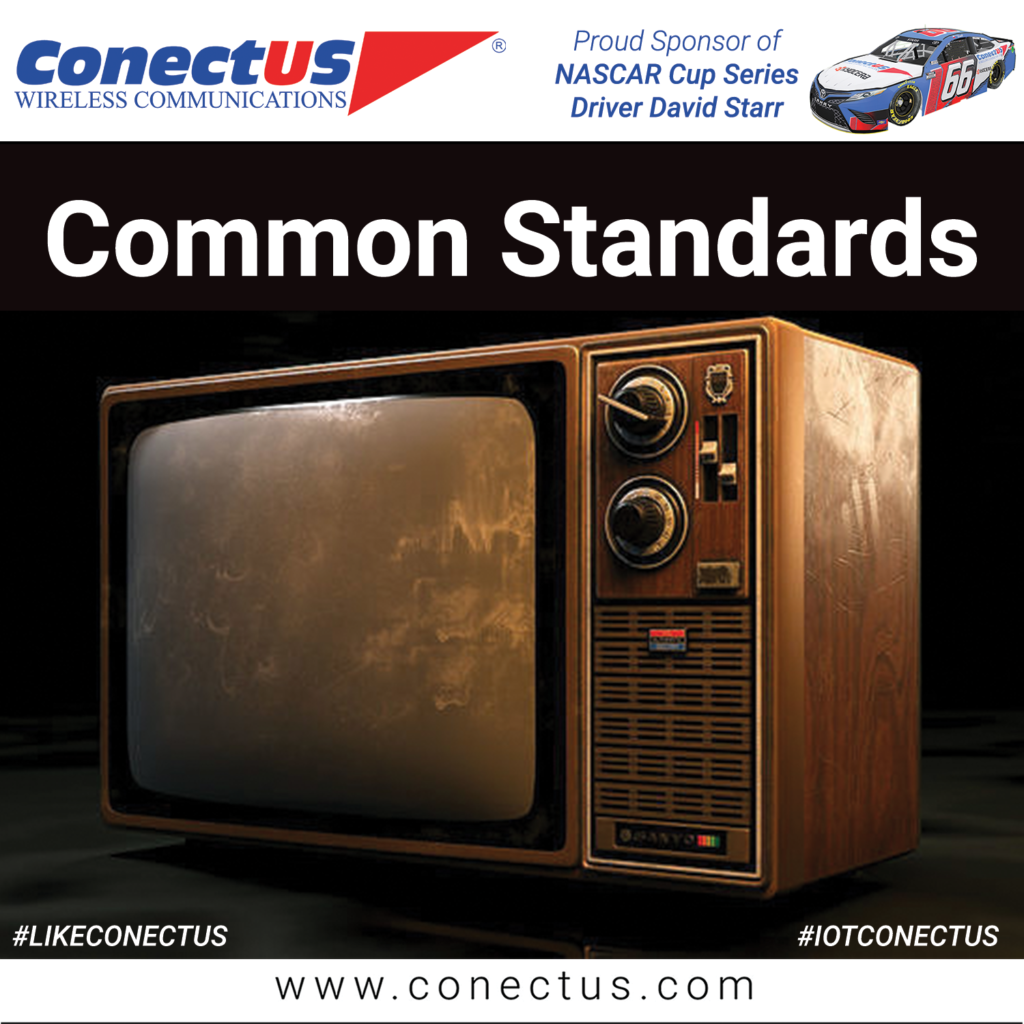Recently, I’ve been receiving samples of new 5G enabled smartphones for review, and it occurs to me that we now can say we have common standards across all networks in North America.
The U.S. has a history of going it alone on standards. Usually because the rest of the world always seems to be dragging its heels on agreeing on common standards – procrastinating or just plain arguing. The one that I became aware of from a young age was the difference between analog TV standards.
The BBC introduced colour broadcasts in 1967. However, my family could not afford to rent a color set until the mid ‘70s. I loved several U.S shows – usually reruns – such as Mission Impossible, Star Trek, and The Time Tunnel. However, the color always looked wrong to me – larger than life, over the top.
In the U.S., the NTSC standard had come to the mass market in the early ‘60s, although there had been some limited color broadcasts from 1954 onwards. The NTSC standard was adopted in the U.S., Canada, Japan and South Korea. Its television image had 486 visible lines, refreshed 30 times per second, in what was called a raster scan. The great thing about the NTSC standard was that color broadcasts could still be read by older monochrome (black and white) televisions.
You can find technical detail online of how NTSC worked. Briefly, a luminance signal carried information about light and dark. This would be ready by both monochrome and color sets. While an overlaid chrominance signal would be read by color sets and ignored by monochrome sets.
Most of the rest of the world (excluding France) adopted the PAL standard – Phase Alternating Line – but several years later. PAL had 576 lines – a higher definition than NTSC, but a slower frame rate, meaning a slightly less smooth viewing experience.
For broadcast in PAL countries, NTSC programing had to be converted. Extra lines needed to be inserted – easy – frames needed to be dropped – also easy. But for some reason the conversion of the luminance and chrominance signals to the PAL color model (named “YUV”) proved elusive. Hence, the American shows I watched always seemed to have too much color.
All of that is in the past. HDTV standards are worldwide. Modern TVs can deal with different aspect ratios, electricity grid Hertz rates, and differing frame rates.
Now to smartphones. Second and third generation (2G and 3G) phones were digital. For various reasons we ended up with two standards. The Global System for Mobile Communications (GSM) was a standard developed by ETSI and later by the 3rd Generation Partnership Project; while CDMA (or CDMA2000) was first developed by the TIA. CDMA provided a larger capacity than GSM using limited bandwidth, but did not allow concurrent data transmissions during a voice call. CDMA also reportedly “dropped” fewer calls than GSM on a like-for-like basis.

When first introduced, fourth generation or 4G smartphones tended to be pitched as such as a marketing message. The manufacturers of phones were not so happy that they must produce multiple versions of the “same” phone. Hence, the 3rd Generation Partnership Project worked with multiple international standards organizations and manufacturers to create what is commonly called LTE, Long Term Evolution (although the term “LTE” is trademarked by ETSI).
Today, we now have common 4G LTE and 5G standards worldwide. It means that at last we can take our smartphone on vacation with us, rather than rent a phone and SIM card locally, as I have done in the past.
Mobility has come a long way in just a few short years. I’m writing this blog only a short while after new mid-band and high-band frequencies have become available in the U.S. Higher bands may not transmit as far as lower bands. However, they support previously undreamt-of data transmission rates.
I recently connected to the high band Verizon 5G network and measured transfer rates in excess of 1 Gigabit per second. This is more than enough bandwidth to support enterprise businesses, let alone SMBs. In my title above, I used the term smartphone. But the truth is, with common standards, all kinds of devices and processes can be supported by cell technology. Wow! Welcome to the future.
Are you interested in selling Verizon Wireless services? Call us at (855) SELL-VZW or fill out the form below. We look forward to talking to you soon!


